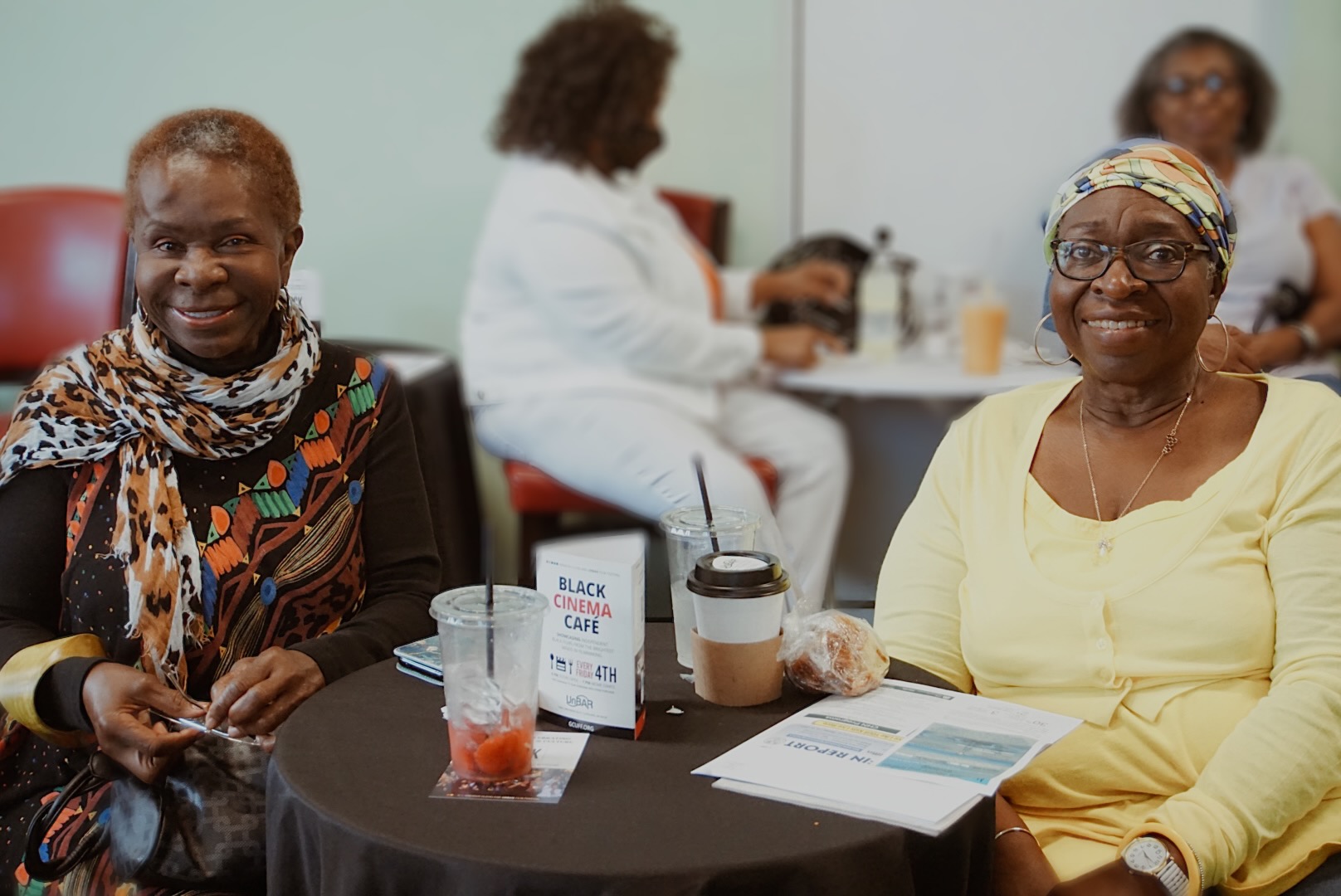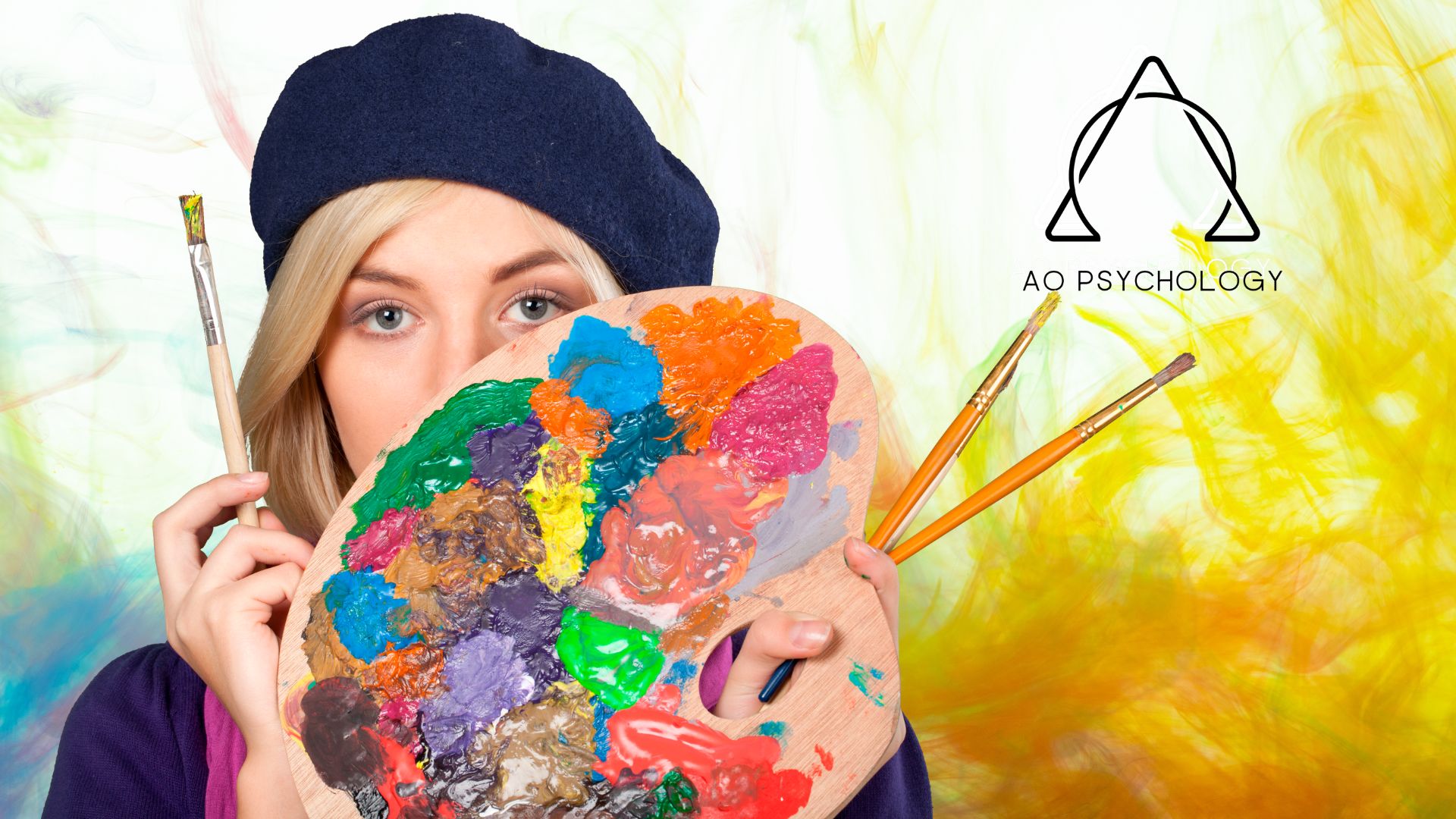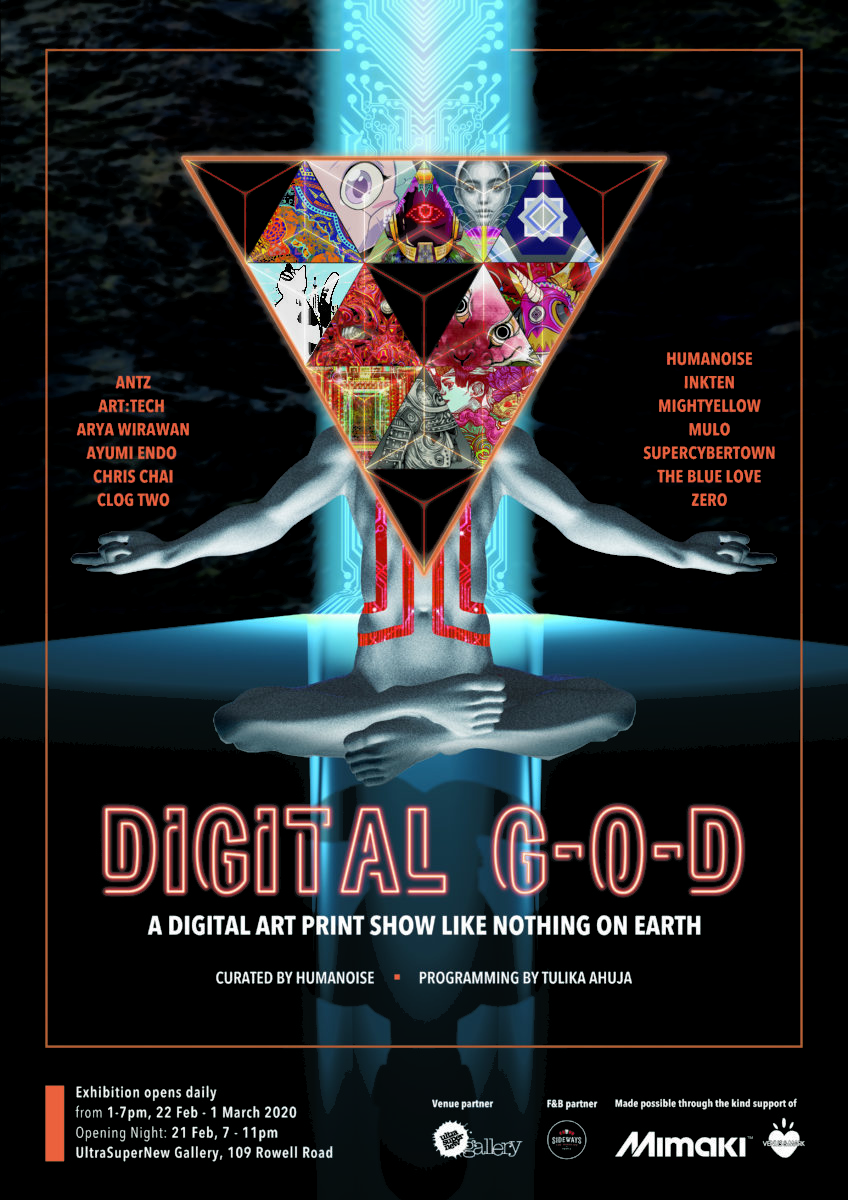The Influence of Art on Mental Health: How Artistic Expression Can Transform Lives
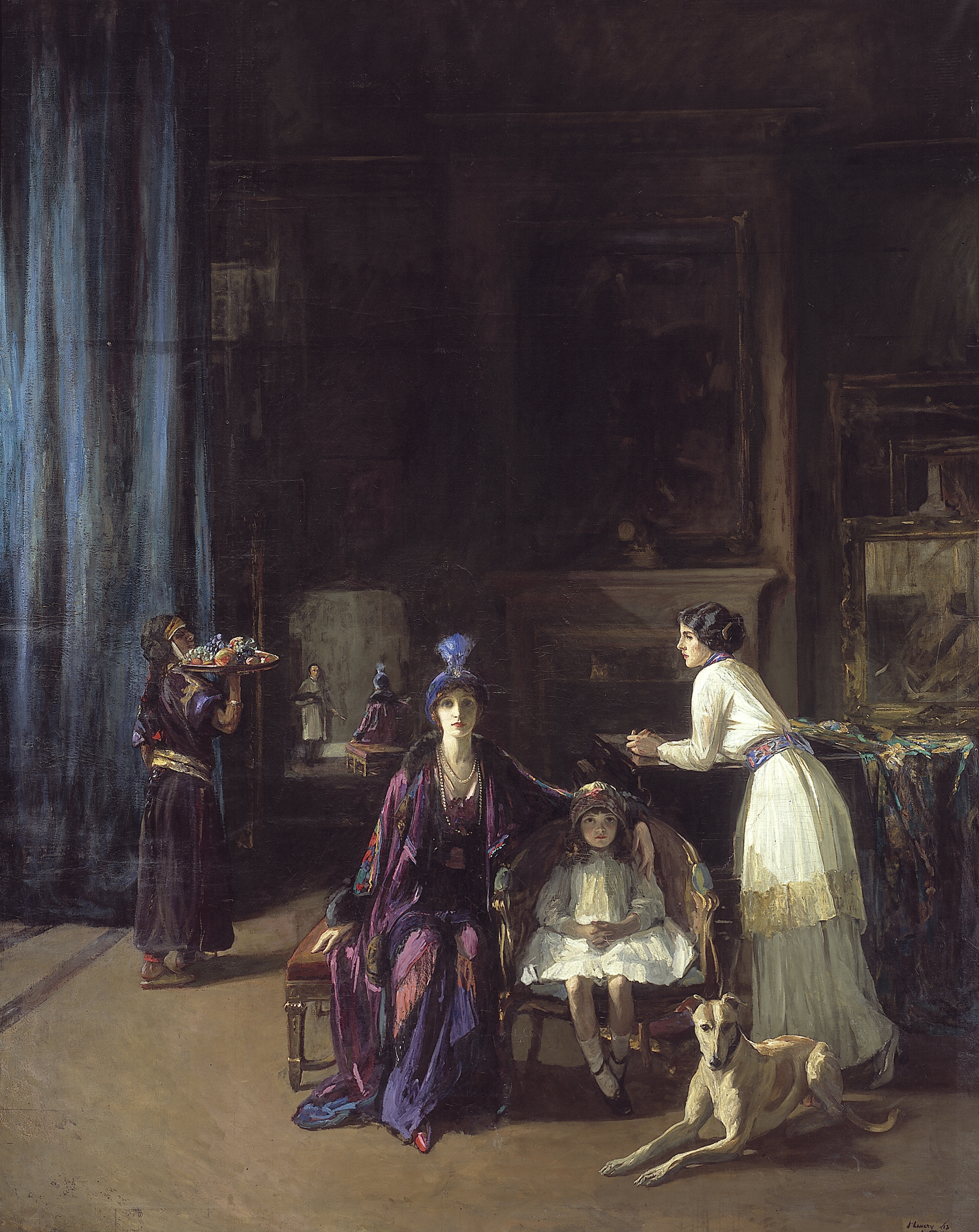
The Transformative Power of Artistic Expression
Art serves as a profound outlet for personal expression, yet its pivotal role in enhancing mental health is frequently understudied. Recent research highlights a strong connection between engaging in artistic endeavors and improved emotional well-being for those facing varied mental health challenges. Understanding this connection can illuminate why artistic expression deserves greater recognition within therapeutic contexts.
- Therapeutic benefits: Artistic activities such as painting, music, and dance can offer significant therapeutic advantages. Art therapy, recognized as a formal practice, allows individuals to communicate difficult emotions non-verbally. For instance, children with trauma may find it easier to express their feelings through drawing rather than traditional conversation, enabling therapists to address underlying issues while building trust.
- Stress relief: Creating art provides an invaluable escape from the pressures of daily life. Immersing oneself in artistic practices fosters a state of mindfulness—an essential ingredient for mental clarity and tranquility. Engaging in a creative endeavor can divert attention from stressors, offering a refreshing mental break that studies have shown to reduce cortisol levels, often referred to as the stress hormone.
- Enhanced self-esteem: Completing an art project, no matter how small, can serve as a remarkable confidence booster. Individuals who engage in artistic creation often report a sense of pride and accomplishment. For example, adult coloring books have surged in popularity, not just for their decorative appeal but for their ability to encourage users to embrace their creativity and produce something tangible.
In the United States, a growing number of art therapy programs are emerging across various sectors, including hospitals, schools, and community centers. These programs illustrate the recognition of the relationship between creativity and emotional health. Not only do they provide participants with a space to explore their creative instincts, but they also facilitate the following:
- Promote healing: Many individuals turn to creative outlets during challenging periods in their lives. Art has been shown to assist in processing grief, trauma, and anxiety, helping those in recovery find a sense of peace and stability in their experiences.
- Improve emotional regulation: Art provides a structured approach for individuals to explore their emotions freely. Through the creative process, they can better understand and articulate their feelings, which is vital for developing emotional resilience.
- Foster social connections: Collaborative art projects create opportunities for community engagement. Group art therapy settings allow participants to work together, which can lead to valuable social connections and a sense of belonging, often crucial for individuals feeling isolated.
The intricate interplay between art and mental well-being underscores the potential for the arts to transform lives. As we become more aware of these associations, individuals and mental health professionals alike may be inspired to integrate art into therapeutic practices, enhancing the overall efficacy of treatment approaches. Understanding these connections is not only about fostering creativity; it is about recognizing the profound effects that artistic expression can have on psychological healing and connectivity in the community.
DISCOVER MORE: Click here for thematic cuisine ideas
The Deep-Seated Connection Between Art and Emotional Wellness
As individuals navigate through the complex landscape of mental health, the avenues for relief and healing vary widely. Among them, artistic expression emerges not merely as a pastime, but as a legitimate form of therapeutic intervention. Numerous studies have indicated that artistic activities contribute significantly to mental health improvement, fostering inner peace and emotional clarity. This phenomenon stems from art’s ability to resonate with the human experience, providing an outlet for emotions that may otherwise remain confined.
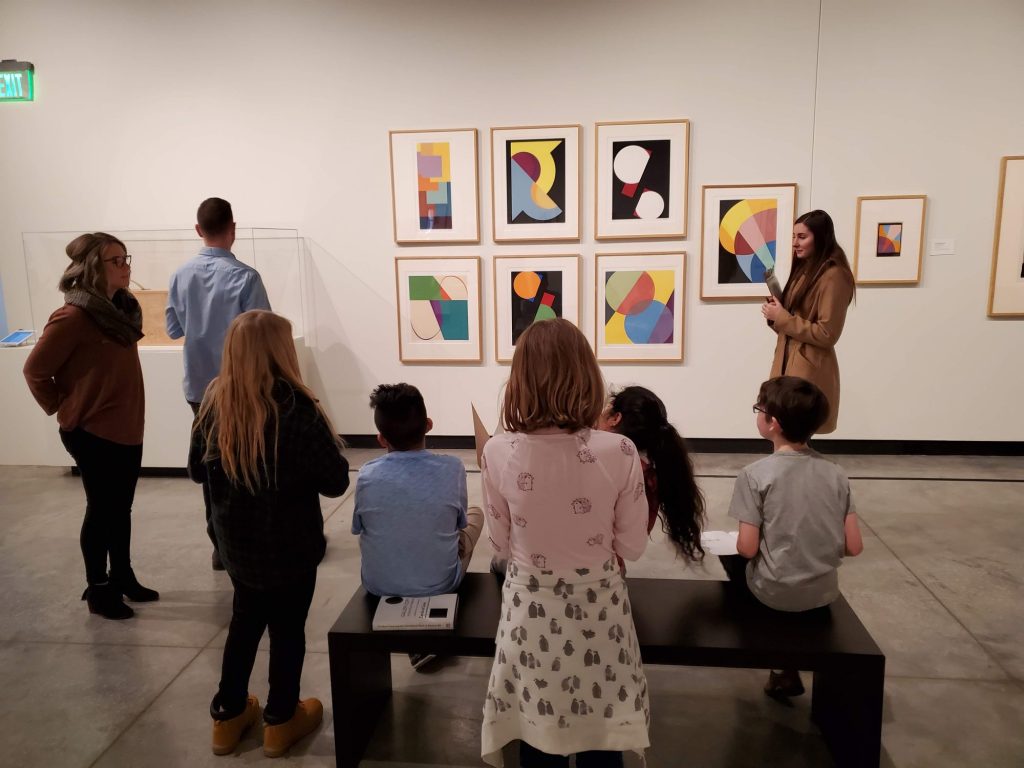
Art Therapy: A Structured Path to Healing
Art therapy has gained considerable momentum in recent years, recognized as an effective method for addressing mental health issues. Practiced by trained professionals, art therapy allows individuals to connect with their emotions through creative expression. Unlike traditional psychotherapy, which relies heavily on verbal communication, art therapy opens up alternative forms of expression. For instance, individuals grappling with anxiety or depression may find solace in creating a painting or engaging in sculpting, allowing them to navigate their feelings in ways that words often fail to capture. Research indicates that this non-verbal approach can unlock deep-seated emotions and facilitate healing.
The benefits of art therapy extend beyond emotional release; they also promote cognitive development and enhance problem-solving skills. Through artistic creation, participants can explore new perspectives and cultivate a sense of agency over their lives. Here are key elements that illuminate the benefits of art therapy:
- Facilitates Emotional Expression: Art allows individuals to convey messages that words may struggle to articulate. This form of expression can be especially beneficial for those who find it difficult to discuss their emotions openly, such as children or those who have experienced trauma.
- Enhances Self-Awareness: Engaging in creative processes encourages individuals to reflect on their feelings, thoughts, and experiences, fostering a heightened sense of self-awareness that can lead to better emotional regulation.
- Reduces Symptoms of Anxiety and Depression: Participation in artistic endeavors has been shown to diminish feelings of sadness and anxiety, as the act of creation often brings about a sense of joy and fulfillment.
In the United States, art therapy is becoming increasingly integrated into mental health services. Institutions such as the American Art Therapy Association advocate for this approach, highlighting the importance of skilled facilitators who can guide participants through their creative journeys. As a result, art therapy programs are now being implemented in various settings, from rehabilitation centers to schools, where they address emotional challenges unique to diverse demographics. By breaking down the stigma surrounding mental health, these therapeutic practices create an inclusive environment for individuals to explore their creativity while addressing deeper psychological needs.
Ultimately, understanding the substantial impact of artistic expression on mental health broadens the scope of healing practices available to those in need. Art serves not only as a form of therapy but as a bridge connecting individuals to their emotions, enhancing their overall well-being. The more we recognize the potential of art as a healing tool, the more we can foster a culture that values creativity as integral to mental health recovery.
Artistic expression serves as a profound medium for individuals to navigate their emotions and experiences, offering a pathway to healing and personal growth. Engaging in creative activities such as painting, music, or writing can lead to significant psychological benefits, often acting as a therapeutic outlet for stress, anxiety, and depression. Research indicates that participating in the arts can stimulate brain activity related to happiness and overall well-being.One striking example is found within community art therapy programs, where individuals facing mental health challenges are encouraged to express their feelings through various artistic forms. These programs not only foster a sense of community and belonging but also provide individuals with the tools to articulate thoughts and emotions that may be difficult to verbalize. The act of creating art becomes a transformative experience, allowing for greater self-awareness and emotional release, which is crucial for mental health recovery.Moreover, studies highlight that engaging in artistic activities can lower cortisol levels, the hormone associated with stress, thereby enhancing mood and promoting relaxation. Whether through creating a tranquil landscape painting or composing a soothing melody, artistic expression facilitates a calming effect that can lead to improved mental clarity and emotional stability.Certain artistic practices, such as dance and drama therapy, further emphasize the mind-body connection, reinforcing the idea that physical movement and creative expression can work together to alleviate psychological distress. These approaches enable individuals to explore their identities, confront fears, and celebrate their successes through embodied experiences, ultimately empowering them to reclaim their narratives.In summary, the multifaceted relationship between art and mental health reveals the potential for artistic expression not only to foster resilience but also to transform lives. As communities and individuals continue to explore these powerful connections, the impact of art on mental health will undoubtedly reveal greater insights into its role in emotional healing and personal development. Engaging with art is more than a pastime; it is a vital aspect of mental health care, providing individuals with an invaluable framework for understanding and navigating their emotional landscapes. To further explore this fascinating intersection of art and psychology, consider how integrating artistic practices into your daily routine could lead to profound insights and emotional breakthroughs.
DISCOVER MORE: Click here to learn how music lessons can help children
The Role of Community Arts in Promoting Mental Health
Beyond individual experiences, the impact of artistic expression on mental health is profoundly amplified within community settings. Community arts programs facilitate access to creative outlets that foster a sense of belonging, connection, and collective healing. This model not only enhances individual well-being but also strengthens social cohesion, creating a ripple effect that can transform entire neighborhoods.
The Power of Shared Creative Experiences
Shared artistic experiences—such as community murals, theater productions, or group exhibitions—cultivate an environment where individuals can come together, share their stories, and engage in dialogue about mental health. These collaborative efforts break isolation and provide valuable opportunities for participants to explore their identities while expressing their emotions collectively. Research indicates that such communal activities can reduce feelings of loneliness and depression, as participants develop meaningful relationships with others who share similar experiences or challenges.
For instance, programs like Art for Recovery in various cities across the United States have made significant strides in using artistic expression to empower marginalized communities, including those recovering from addiction, trauma, or mental health issues. Through workshops that encompass a wide range of artistic forms—from painting to performing arts—participants often report an increase in self-esteem, resilience, and coping strategies, reinforcing the link between community art initiatives and mental wellness.
Arts Funding and Accessibility
Access to such transformative programs remains a pressing concern. Although there is growing recognition of the value of art in mental health, funding for community arts initiatives can be inconsistent. State and local governments, as well as private foundations, are beginning to invest in arts programs, yet many remain under-resourced. According to a report from the National Endowment for the Arts, communities with thriving arts programs see lower rates of mental health issues, highlighting the necessity for sustained investment in these vital resources.
Equity in access to art therapy and community arts is critical for promoting mental health for all demographics. Organizations like Project Access work to dismantle barriers by offering free or low-cost art programs aimed at underserved populations. Such initiatives ensure that a diverse range of voices are heard and represented, allowing individuals from different backgrounds to find solace and support through shared creative expression.
Integrating Art into Clinical Settings
Another significant advancement in recognizing art’s role in mental health is its integration into clinical settings. Hospitals and mental health clinics across the United States have begun implementing art activities as part of treatment plans. These programs not only offer patients an outlet for their creativity but also help build rapport with clinical staff, facilitating a more comfortable environment for healing. Art installations in waiting rooms and patient rooms can further enhance the healing ambiance, reducing anxiety levels and improving overall patient experiences.
Incorporating art into traditional treatment modalities represents a holistic approach to mental health, acknowledging the complex interplay between emotional, psychological, and social factors. As awareness and advocacy for the therapeutic value of artistic expression grow, it becomes increasingly important to support and expand these initiatives.
As the impact of art on mental health becomes clearer, the call for comprehensive strategies that highlight both individual and community benefits intensifies. Cultivating an environment where artistic expression thrives may very well be the cornerstone for promoting mental wellness and fostering resilience in an increasingly complex world.
DISCOVER MORE: Click here to find inspired dish ideas
Conclusion: The Transformative Potential of Art and Mental Health
The intersection of artistic expression and mental health reveals a profound avenue for personal transformation and community resurgence. As we have explored, engaging in creative pursuits not only fosters individual healing but also cultivates connections that imbue participants with a sense of belonging. Through shared experiences in community arts programs, individuals can tackle feelings of isolation and harness the therapeutic power of creativity to construct resilient identities.
Moreover, the integration of art into clinical settings represents a key shift towards holistic mental health care. By recognizing the healing potential of artistic expression, medical professionals can enhance patient experiences, reducing anxiety and promoting comfort in therapeutic spaces. The evidence showing reduced rates of mental health issues in communities with robust arts programs underscores the need for ongoing investment in these vital resources.
However, the journey towards equitable access to artistic opportunities remains critical. The commitment to dismantling barriers for underserved populations through initiatives like Project Access reinforces the importance of diversity in narratives and recovery pathways. As awareness surrounding the influence of art on mental health continues to grow, so does the responsibility to ensure that art therapy and community engagement remain accessible.
Ultimately, embracing the potential of art in mental health not only enhances individual well-being but also strengthens the fabric of our communities. As we advance, it is crucial to advocate for policies and support systems that recognize and promote the intrinsic value of art as a catalyst for transformation, healing, and resilience in an ever-evolving world.
